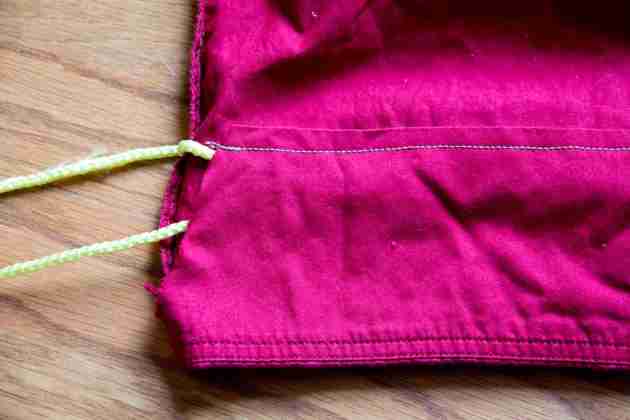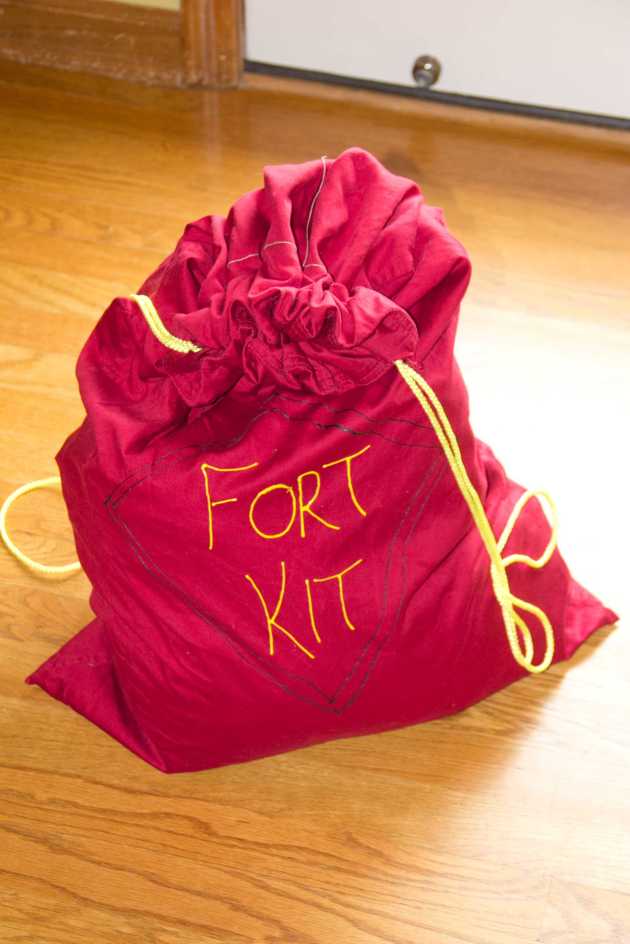I’m not winter’s biggest fan for so many reasons. It’s cold, the days are short, the mornings are dark, it’s cold, the weather is often dreary, it’s cold… well, you get the idea. But one of the biggest annoyances of winter is the need for coats. I hate coats. It’s just one more step to getting two kids out the door… actually, make it about 3 steps, when you count turning the coat right-side out, putting it on, then zipping it up. And that doesn’t count hats and mittens.
And then, when we get home, the coats end up all over the place. On the floor, the couch, the banister. Of course, it doesn’t help matters that we didn’t have a coat rack. I tried to corral the mess by putting a basket in the entryway just for coats, but it didn’t work extremely well. Sometimes coats made it in the basket. Mostly, it just looked like this:
Nice. So, finally, after years of living in this house, we added coat hooks in our entryway, and it ended up costing us nothing.
We had a perfect place:
Look at all that empty wall space!
My husband had a board left over from some project or other, so he measured and cut it to size. We also had coat hooks that we were going to use on another project that we didn’t ever complete, and some left over stain and polyurethane. And so, we made this:
And now, coats have a place off of the floor:
Yay! One more step in fulfilling my resolution to being more organized.

























